Elipse E3 reduces water waste in Fortaleza: Brazilian city now averages 34.15% waste
Brazil’s Ceará state water utility (CAGECE) employs Elipse’s solution to control water supply and wastewater collection and treatment services in the Fortaleza metropolitan area

Needs
CAGECE (Companhia de Água e Esgoto do Ceará) is the water utility from the state of Ceará, in the Brazilian Northeast. Established as a mixed economy company in 1971, it is the responsible for the water supply and wastewater collection and treatment services of over four million customers in the metropolitan area of Fortaleza, the state’s capital city. In 1998, two new operational control centers were created: CECOP and CECOE. CECOP is the responsible for managing water macro distribution (over 20 million m³/month); CECOE is the control center for macro collection and operation of the Wastewater Pre-conditioning Station (PCS), an automated substation that can treat up to 4,5 m³/s of wastewater.
In 2005, the company decided to install Elipse E3 in both centers in order to enhance the utility’s automation. The whole process was completed after two years, and it has greatly improved the water distribution and wastewater collection and treatment provided by the CAGECE. Since this implementation, the E3 application has been periodically upgraded to always reflect the state of the art in the automation market.
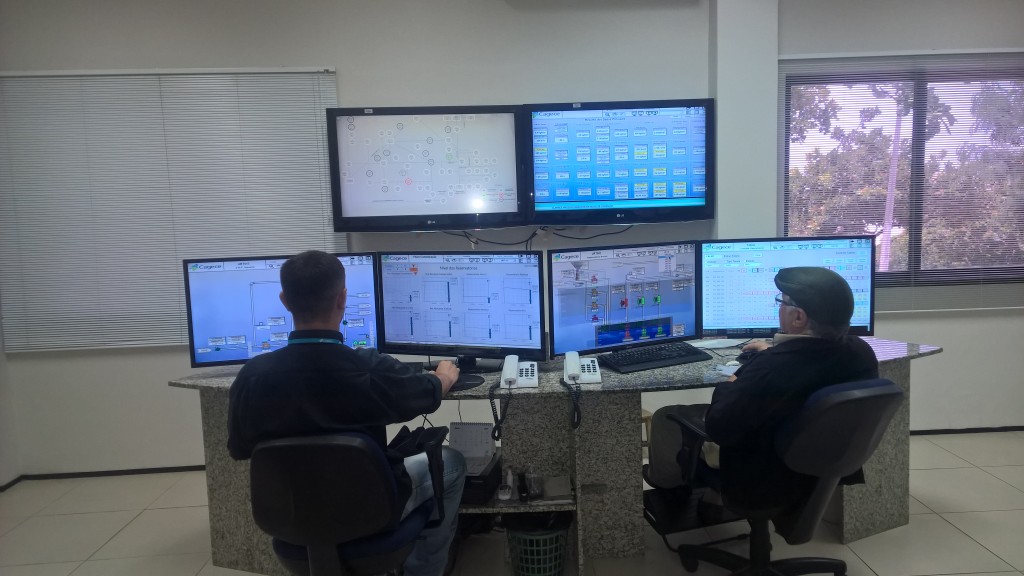
Figure 1. CECOP
Solution
As previously mentioned, CAGECE’s water and wastewater systems are controlled via CECOP and CECOE. Both centers allow monitoring the communication between the Elipse E3 and RTUs. RTUs (Remote Transmission Units) measure pressure, overflow, level, and pumps, among other variables and automated devices.
Users can visualize the architecture of the system of the water distribution and wastewater collection controlled by CAGECE on a screen (Figure 2). Each circle on it represents an RTU; altogether, there are 59 of them at CECOP and 30 at CECOE. Green RTUs indicate a successful communication with E3; white ones stand for “awaiting communication”; red, “delayed communication”; dotted white, deactivated; dotted black, occurrence sign; and black, inactive PLC.
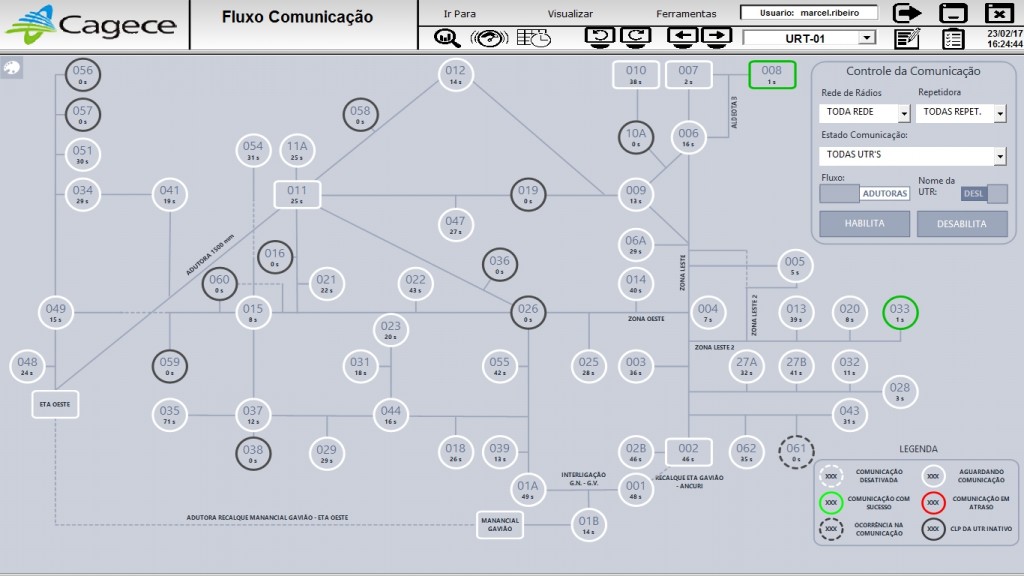
Figure 2. Communication flow between E3 and RTUs
The levels of water and wastewater in reservoirs and lift stations are also monitored by Elipse E3. If water is overflowing in a reservoir, for example, the software will display its volume and the arrow pointing to the maximum level will be shown in the alarm’s severity color (red = high; yellow = medium; orange = low). Pumps status is also monitored: black icon = off; white icon = on; yellow triangle = defective.
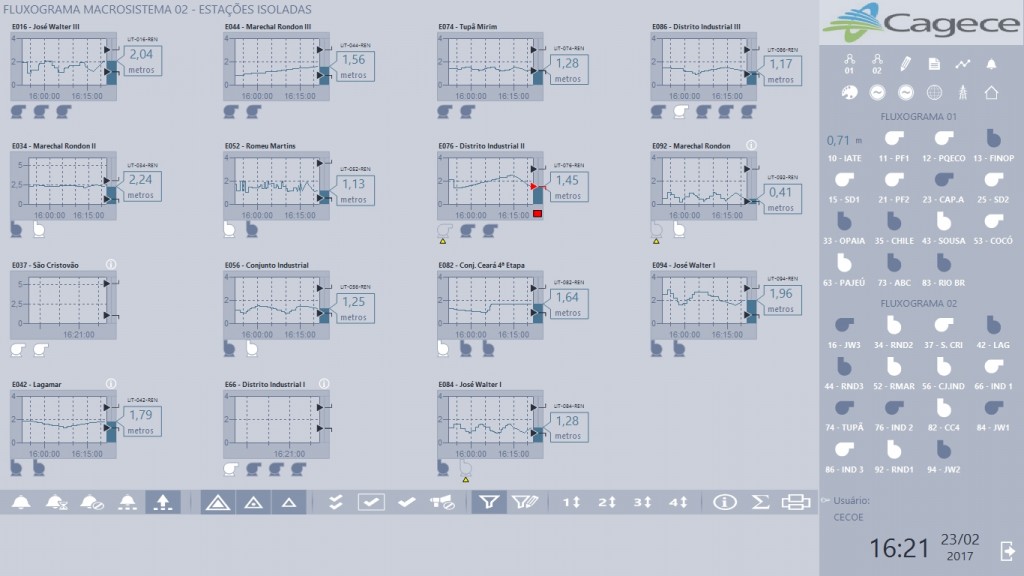
Figure 3. Low wastewater level at 076 station. High severity alarm
The software also allows monitoring the daily water volume distributed to a certain area in any time interval set up by the operator. With a graphic histogram, users can visualize water usage on every day of the interval; red bars indicate water was distributed above the historic average for the period, and blue bars indicate below average. On the right side of the screen, the system compares the actual usage to the projected usage for the period.
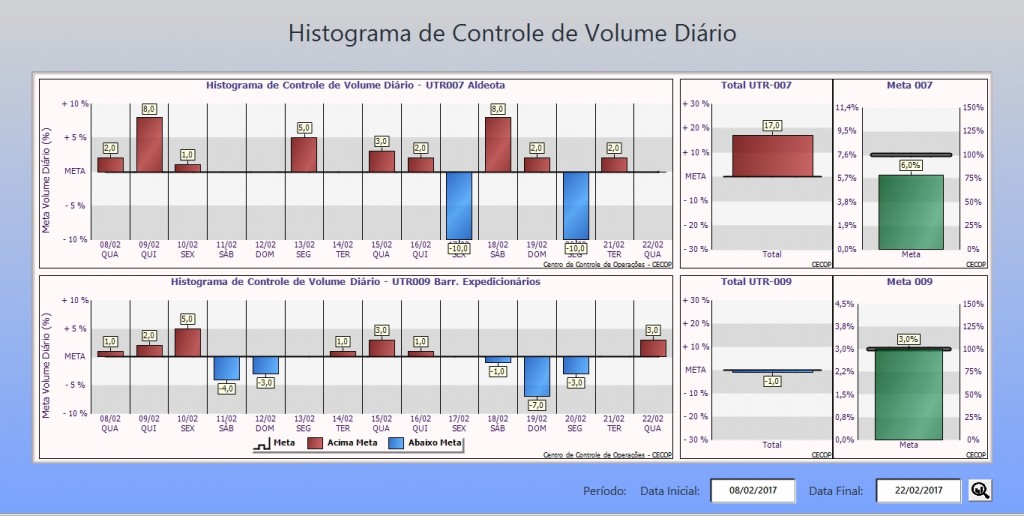
Figure 4. Histogram illustrates a near perfect result for water usage at UTR009 from February 8 to 22
To reinforce this control, the Elipse E3 also allows monitoring graphically the incoming and outcoming water overflow and pressure in the time interval selected by the operator. Engine temperature in each set of pumps at the Water Treatment Plants (WTPs) can also be tracked by the software.
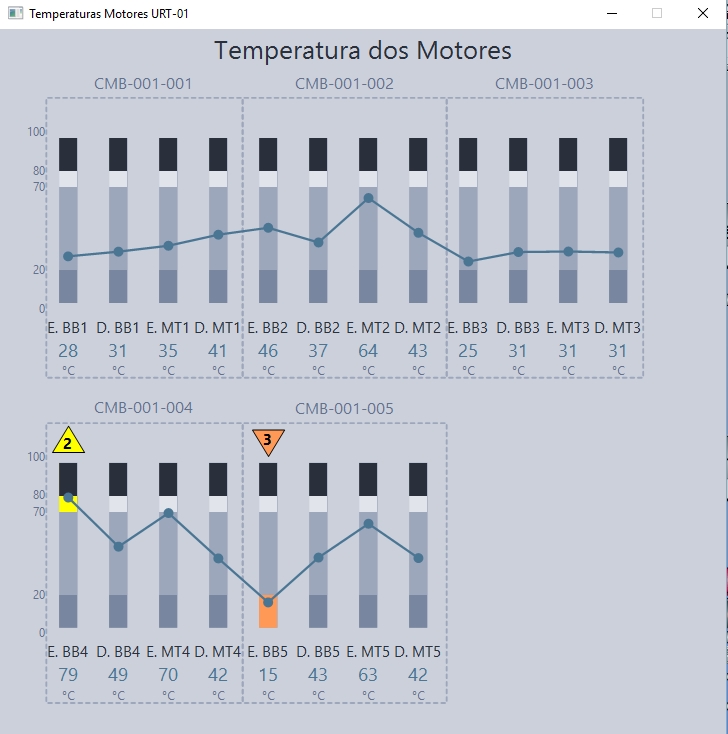
Figure 5. Pump engine temperature control
Lastly, the software allows monitoring the occurrences at the PCS, where wastewater is treated before its final disposal. A screen is then displayed with the event’s status, type, date/time, and user, among others.
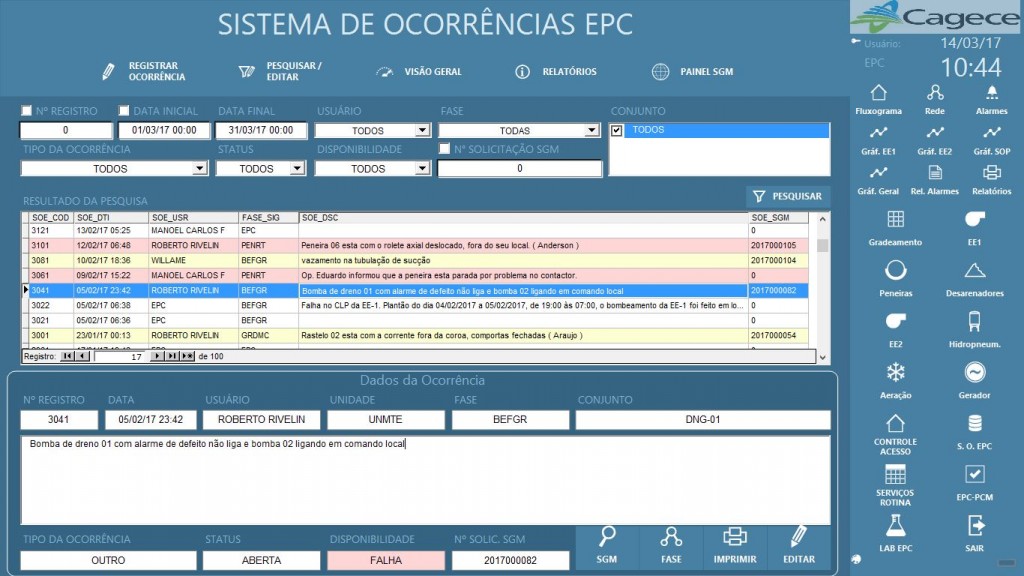
Figure 6. PCS occurrences system
All screens in this application were developed according to ISA’s (International Society of Automation) high performance interface methodology, with libraries that are exclusive to Elipse. In this methodology, the screens’ interfaces actively help preventing glitches and reducing operational errors by enhancing their efficiency; for these purposes, only the information that is actually relevant to the user is displayed, thus improving data retention on their part.
Benefits
The automation of its water distribution system via Elipse E3 has allowed CAGECE to considerably reduce its losses: Fortaleza, one of the largest cities in the Brazilian Northeast, now averages only 34.15% waste, against a national average of 37%. The software also monitors wastewater levels and issues alarms in case of malfunctioning pumps, thus avoiding sewage overflows.
In both systems (water and wastewater), the data collected by the software has simplified operational standards and practices and streamlined the maintenance process, thus improving the application.
Among the main benefits Elipse E3 has brought to CAGECE, we highlight the following:
- Control of communication between Elipse E3 and the RTUs installed on the water distribution and wastewater collection networks;
- Control of water supply and wastewater collection and treatment services in the metropolitan area of Fortaleza, Ceará;
- Control of water and wastewater levels in reservoirs and lift stations;
- Control of water distribution network flow and pressure, which allows operators to prevent new shortage events;
- Control of daily water volume, preventing any waste or shortage events;
- Complete control of events in the PCS;
- Screens developed according to ISA’s high performance interface methodology, with libraries exclusive to Elipse Software.
Datasheet
Client: CAGECE - Companhia de Água e Esgoto do Ceará
Software: Elipse E3
Number of copies: 4 (3 E3 Server + 1 E3 Studio)
Platform: Windows 10
Number of I/O points: 7445 in use, 25000 available
I/O drivers: Modbus RTU, Allen Bradley DF1, and OPC